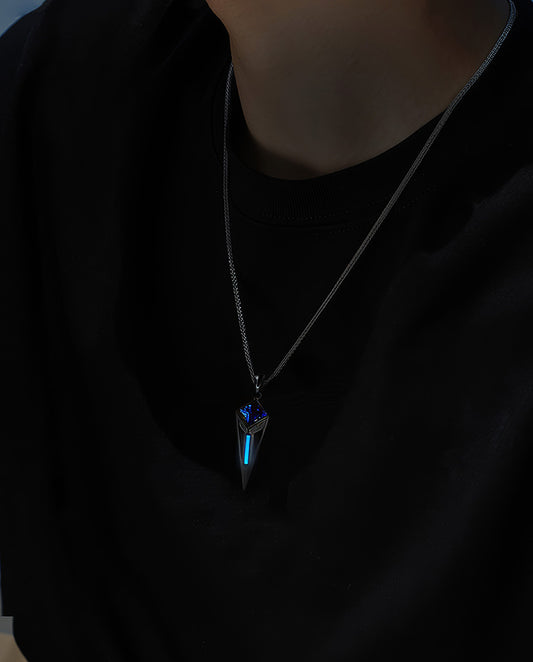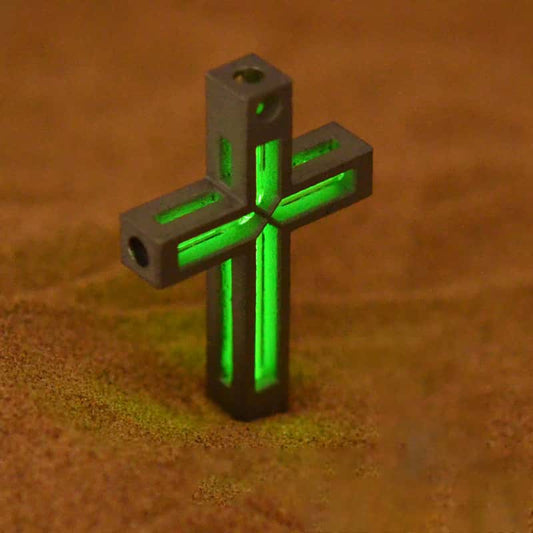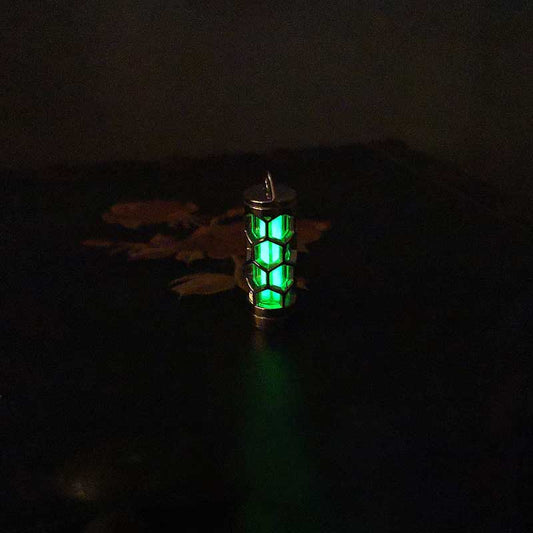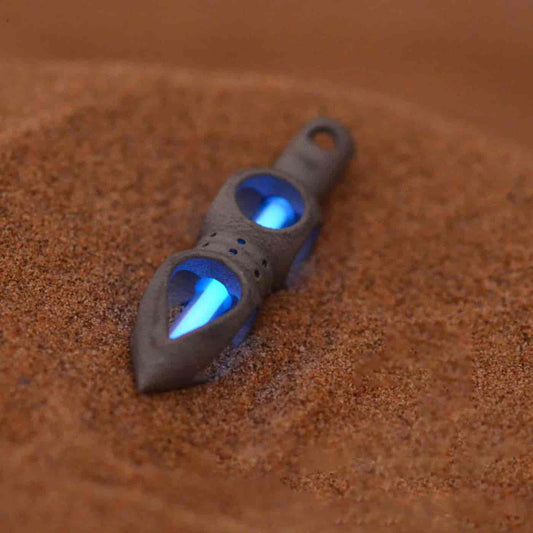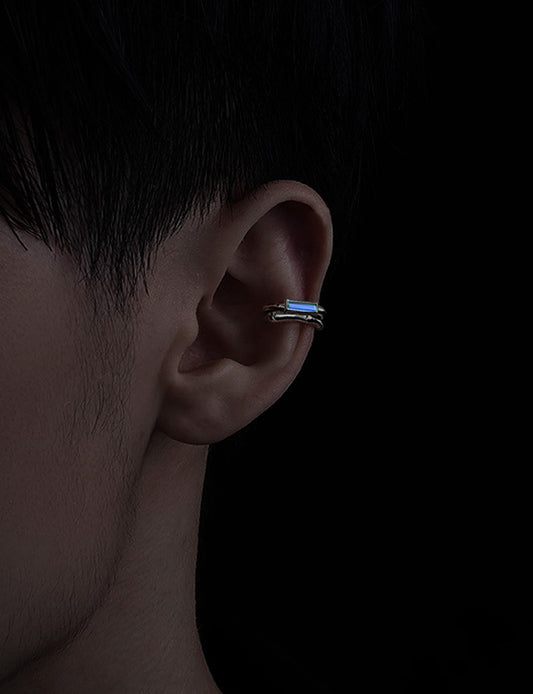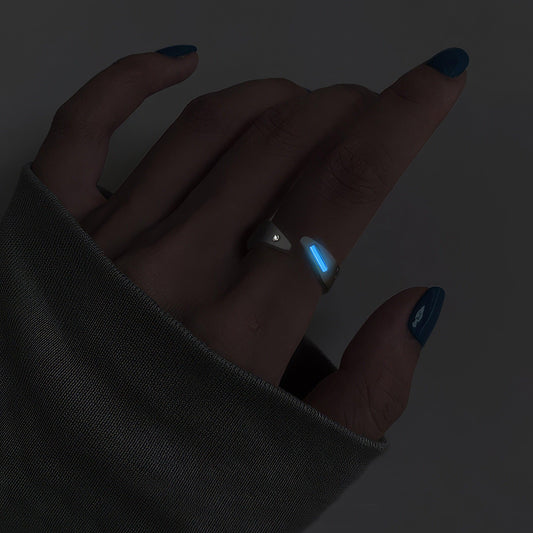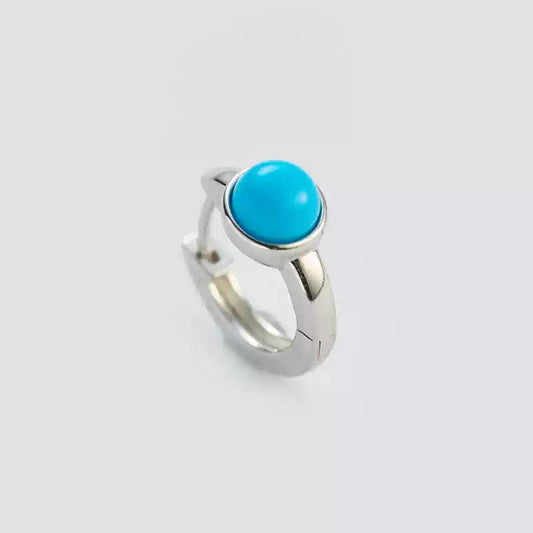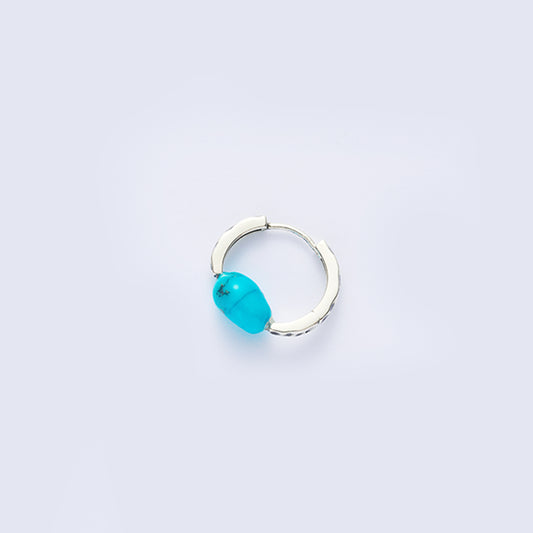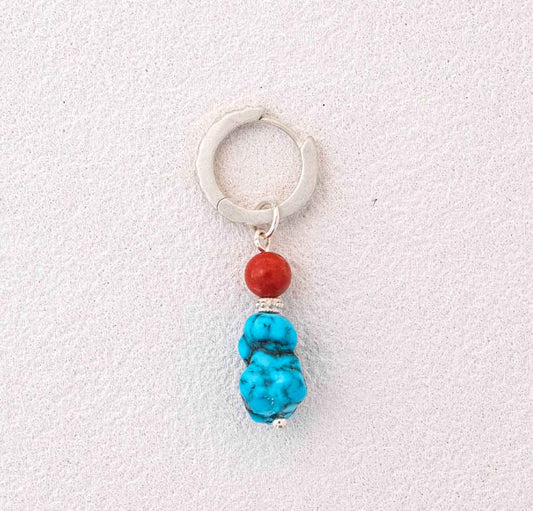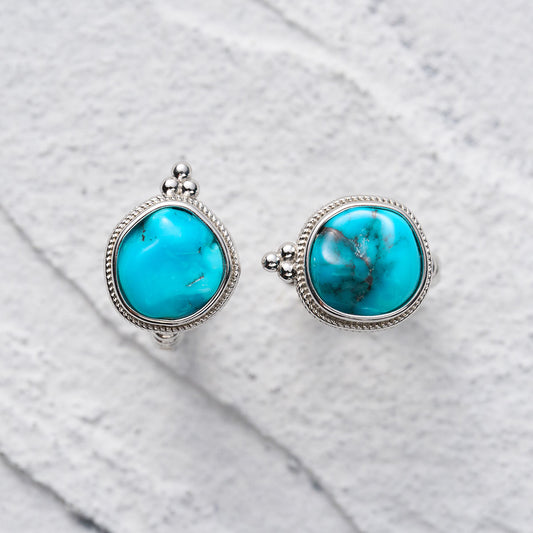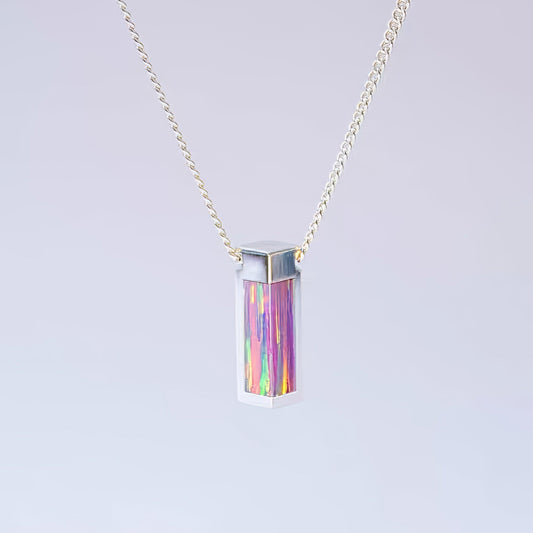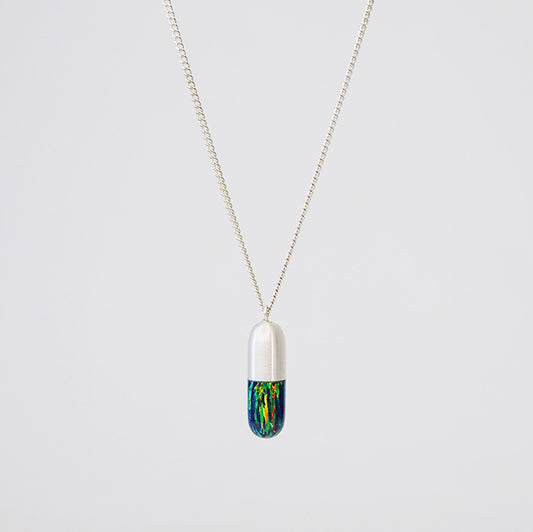How to Cut a Ring Off Safely A Personal Encounter
How to Cut a Ring Off Safely A Personal Encounter
A few years ago, on a particularly chilly winter afternoon, I found myself in a bit of a predicament. My fingers had ever so slightly swollen after some intense sledging with my kids. The ring that had twirled gracefully on my finger just that morning was now steadfast and immovable. It was a simple silver band, not even a family heirloom, but the idea of cutting it off felt akin to sacrilege. However, the discomfort, not to mention the fear of circulation issues, quickly outweighed my sentimental attachment.
Finding a way to safely remove a stuck ring can often feel like a miniature crisis. The first instinct might be to panic, but trust me, a calm approach with a bit of know-how goes a long way. Rings come off easier when your hand is elevated, as this helps reduce swelling. Alas, my own experience involved quietly cursing at my finger as I cautiously attempted all the classic maneuvers: soap, oil, even dental floss. But the ring stayed stubbornly in place, like a tiny, uncooperative crown.
When all else fails, cutting the ring off becomes a necessary evil. The idea may sound daunting, but with the right tools and a steady hand, it's very manageable. Ideally, a jeweler can assist with this as they have specialized tools. Yet, if you're in the middle of nowhere like I was—or just too rattled to head to a professional—it's worth having a strategy at home. A small, manual ring cutter is often the best bet. They resemble a tiny can opener for your ring, but much gentler and easier to control. Remember, if you ever attempt this, it's vital to protect your finger at all costs. A thin piece of plastic, like that from a credit card, can be slid under the ring to offer some protection.
Interestingly, the material of the ring can make a difference. Different metals behave distinctively under pressure. Gold, being relatively soft, is generally straightforward to cut compared to tougher metals like titanium or tungsten. That said, it's always best to err on the side of caution and consult a jeweler if you're unsure. In my case, that trusty silver band did succumb to the clippers eventually, without much fuss once I got the hang of it.
There's something surprisingly reflective about the entire process. I found myself thinking about the symbolism we assign to objects and how we often attach our identity to them. My ring was just a piece of metal, yet it felt like a part of me. But a healthy, pain-free finger is a fair trade for a ring that can be repaired or replaced.
Ultimately, my silver ring, though scarred, was soon restored to its former glory at my local jeweler. It now bears a tiny, almost imperceptible mark—a testament to that memorable winter's day. As I slip it back on occasionally, it serves as a gentle reminder of the quirks of life, the cold, and sometimes—paradoxically—the warmth of letting go.
